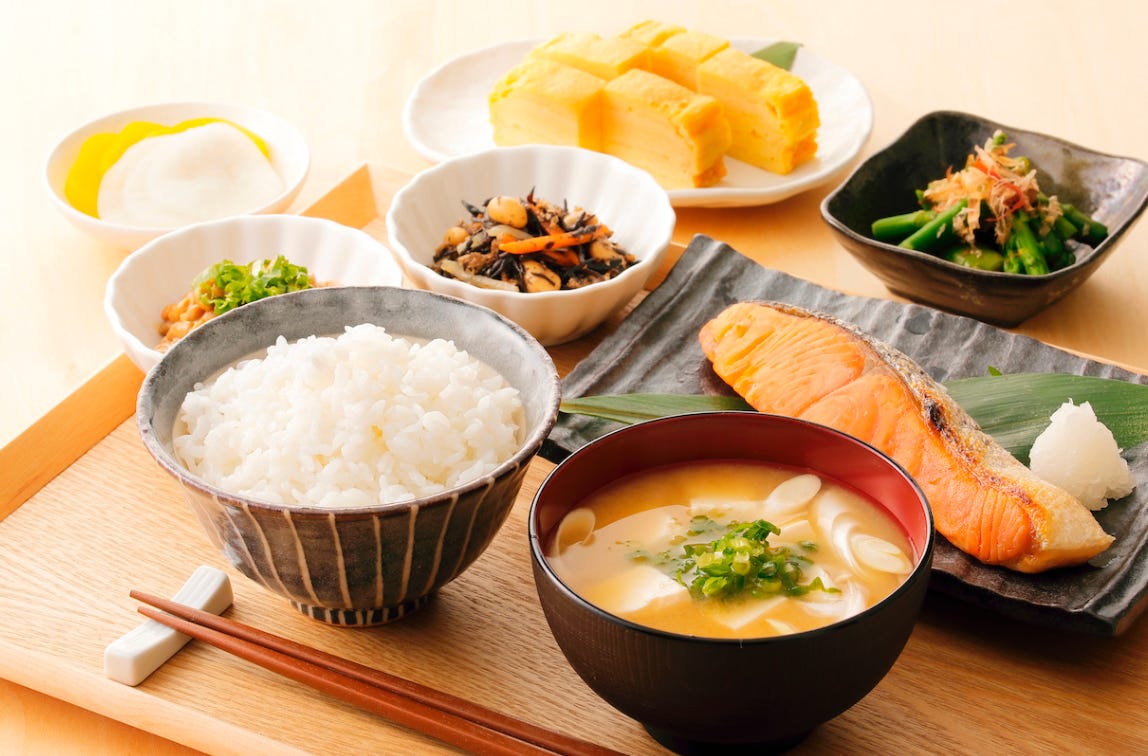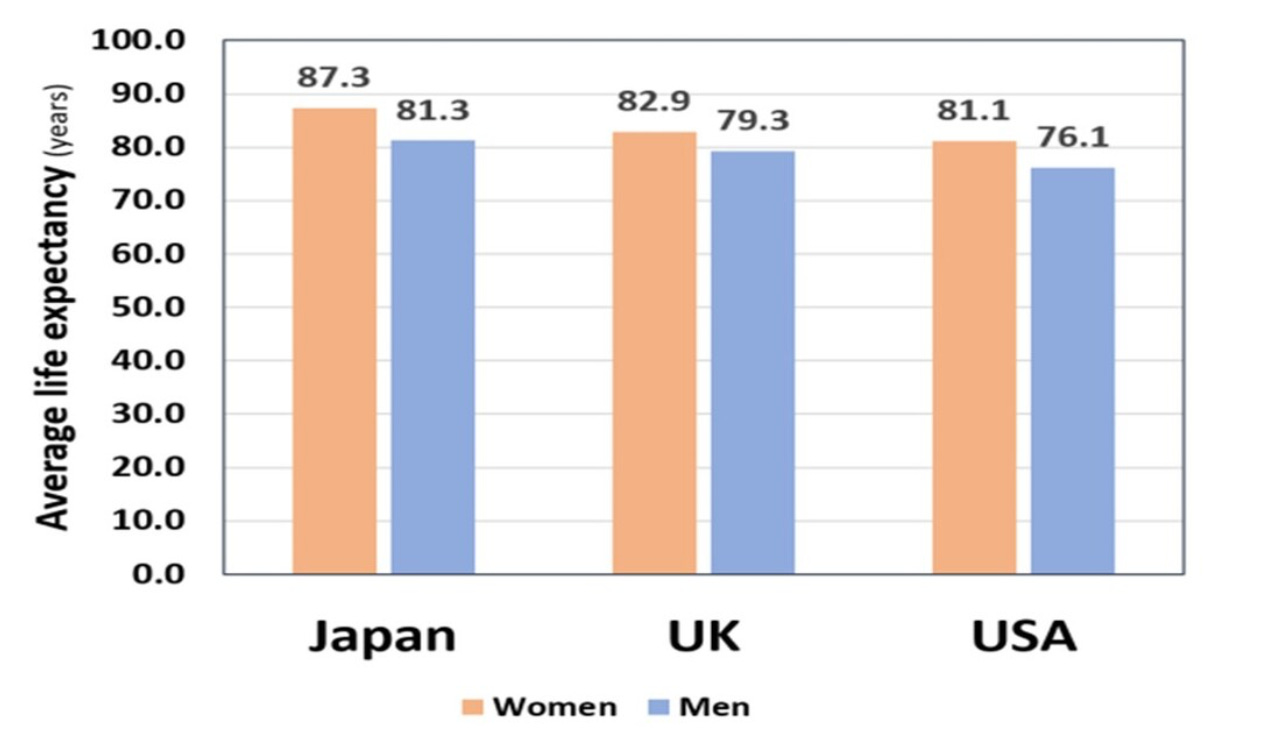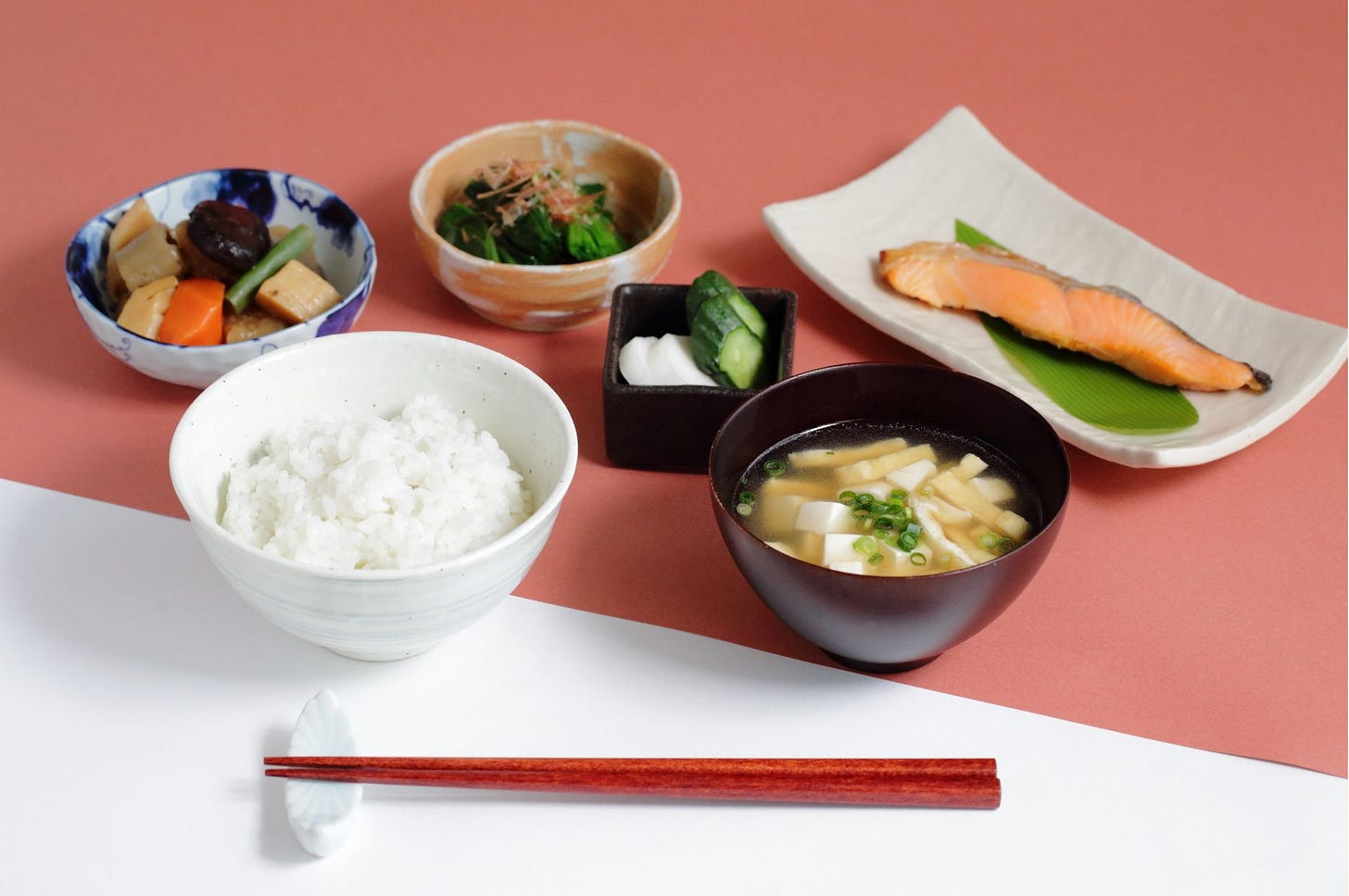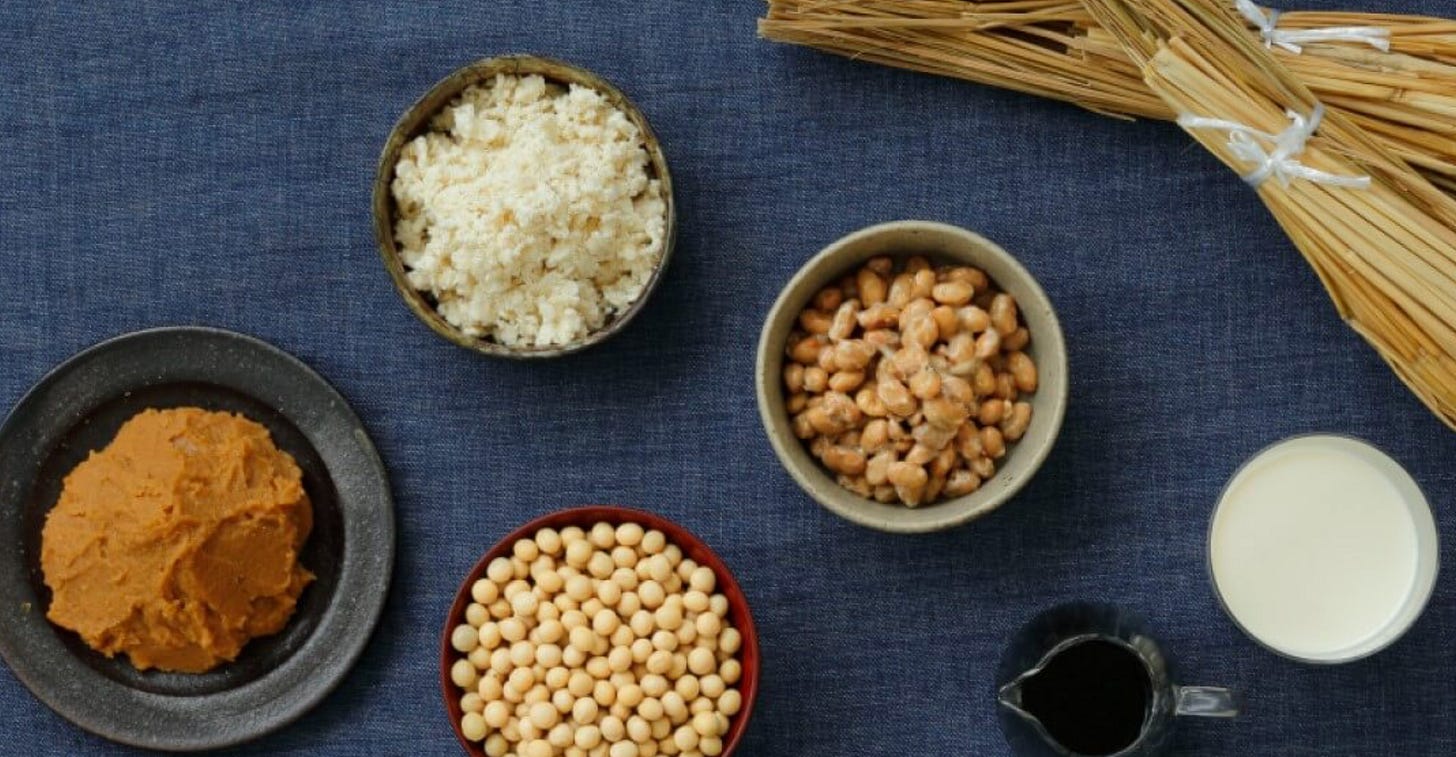Unlocking the Secrets of Japanese Longevity: A Path to Healthier Living
Discover how the Japanese diet and lifestyle can transform your well-being—and start your journey to a longer, healthier life today!
Why Do Japanese People Have the World's Longest Life Expectancy?
Today, I’m excited to launch a new series, "Why Do Japanese People Have the World's Longest Life Expectancy?" Over the coming weeks, we'll explore various factors contributing to Japanese longevity, from diet and lifestyle to medical systems and cultural practices. I hope there are some things you can implement for healthier living, even starting today!
The Role of Japanese Food in Longevity
Japanese cuisine is celebrated worldwide for its taste, variety, and nutritional benefits. It plays a critical role in why Japanese people consistently rank among the longest-lived populations globally. But what makes Japanese food so special when it comes to health and longevity? Let's delve into some key aspects and the science behind them.
1. A Balanced Approach: The Traditional Japanese Diet
The traditional Japanese diet, or "washoku", emphasizes balance, variety, and seasonal ingredients. It is characterized by its foundation of:
Fish and Seafood: A rich source of omega-3 fatty acids, which are essential for heart health, reducing inflammation, and improving brain function.
Studies show that diets high in omega-3 can reduce the risk of cardiovascular disease by lowering triglycerides and reducing blood pressure.
Vegetables: Particularly green leafy vegetables, seaweed, and root vegetables, which are packed with vitamins, minerals, and antioxidants. For example:
Seaweed contains iodine and fucoidan, which support thyroid health and have anti-inflammatory properties.
Daikon radish contains digestive enzymes that aid in breaking down fats and proteins, promoting gut health.
Rice: Often served in small portions, rice provides a steady source of energy without excessive fat. Its high fiber content in varieties like brown rice aids digestion and promotes a healthy microbiome.
Soy Products: Miso, tofu, and natto are staples, rich in protein and isoflavones. Isoflavones are plant-derived compounds with antioxidant properties, linked to improved heart health and reduced risk of hormone-related cancers.
Green Tea: A daily beverage rich in catechins, a type of antioxidant that combats oxidative stress and inflammation.
This balance ensures that meals are nutrient-dense, supporting overall health and reducing the risk of chronic diseases.
2. Portion Control and Moderation
Japanese meals are typically served in smaller portions compared to Western diets. This not only aids in calorie control but also encourages mindful eating—paying attention to flavors, textures, and fullness. Scientific evidence highlights that:
Caloric restriction can activate cellular repair processes and slow aging. This concept, known as "autophagy," was first elucidated by Nobel Prize-winning research.
Smaller plates and bowls used in Japanese dining naturally encourage consuming less without feeling deprived.
3. The Power of Fermented Foods
Fermented foods like miso, natto, and pickled vegetables are a cornerstone of Japanese cuisine. These foods are rich in probiotics—beneficial bacteria that enhance gut health. A healthy gut microbiome is crucial for:
Boosting immunity: Around 70% of the immune system resides in the gut.
Improving nutrient absorption: Probiotics enhance the body’s ability to extract vitamins and minerals from food.
Mental health: The gut-brain axis links gut health to mood and cognitive function, reducing the risk of anxiety and depression.
For instance, natto contains nattokinase, an enzyme that promotes cardiovascular health by preventing blood clots.
4. Seasonal Eating
Japanese cuisine heavily emphasizes eating seasonal foods. Seasonal produce is often fresher, tastier, and more nutrient-dense than out-of-season alternatives. Seasonal eating also aligns with traditional Eastern medicine principles, which suggest that our bodies thrive when we harmonize with nature’s cycles.
For example:
Spring: Bamboo shoots and green tea—detoxifying and revitalizing.
Summer: Cucumbers and eggplants—cooling and hydrating.
Autumn: Sweet potatoes and mushrooms—warming and grounding.
Winter: Daikon and miso soup—nourishing and immune-boosting.
5. Low in Red Meat and Processed Foods
While meat consumption has increased in Japan in recent decades, the traditional diet remains low in red meat and processed foods. Instead, the focus is on lean proteins, seafood, and plant-based options. This dietary pattern reduces the intake of:
Saturated fats and cholesterol, which are linked to cardiovascular issues.
Artificial additives and preservatives, often implicated in metabolic dysfunctions.
The Scientific Benefits: Key Nutritional Insights
Rich in Antioxidants: From green tea catechins to the beta-carotene in vegetables like carrots and pumpkin, antioxidants combat free radicals, slowing cellular aging.
Low Glycemic Index: Staples like fish, vegetables, and tofu have a lower glycemic index, helping to stabilize blood sugar levels and reduce the risk of diabetes.
Anti-inflammatory Properties: The omega-3s in fish and polyphenols in tea reduce systemic inflammation, which is a major contributor to chronic diseases such as arthritis and Alzheimer’s.
From Food to Comprehensive Health
While diet forms the foundation of Japanese longevity, it’s only one piece of the puzzle. If you want to know more about what kind of food habits you should follow, a Japanese Ningen Dock might be the best way to start. For those who don’t know, the Ningen Dock is Japan’s premier full-body health check-up system, designed to provide a comprehensive overview of your health. For further information about Ningen Dock, please check the following Newsletter.
3 Essential Tips You Can Start Today
Ready to take small steps toward a healthier lifestyle inspired by Japanese longevity practices? Here are three actionable tips:
Incorporate More Fish and Vegetables into Your Meals
Aim for at least two servings of fish per week, and add a variety of colorful vegetables to every meal.
Practice Portion Control and Mindful Eating
Use smaller plates, chew slowly, and savor every bite to improve digestion and reduce overeating.
Add Fermented Foods to Your Diet
Include options like miso soup, yogurt, or kimchi to support gut health and boost immunity.
The best part? You can start these habits today! Even small changes can have a significant impact over time.
By embracing the wisdom behind Japanese food and preventive health measures like Ningen Dock, you’re investing in your well-being for the long term. Let’s take inspiration from one of the world’s longest-living cultures and start making healthier choices—one meal and one step at a time.
If you are interested in knowing more about the longevity secrets of the Japanese and want to become healthier, please subscribe to our newsletter!







